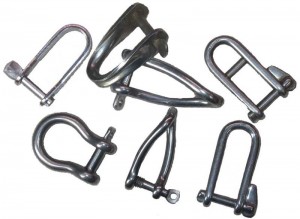 I haven’t even started thinking about how drunk I’m going to get on New Year’s Eve, and already the scolds at Prevention magazine are offering their suggestions about the five habits to break in 2010:
I haven’t even started thinking about how drunk I’m going to get on New Year’s Eve, and already the scolds at Prevention magazine are offering their suggestions about the five habits to break in 2010:
Everyone, and I mean everyone, has a bad habit (or three), and even if you’re not the resolution type, making one change this year can do wonders for your health, looks and self-esteem.
The bad habit list is 1) nail biting 2) forgetting to floss 3) midnight fridge raiding 4) smoking 5) overexposing yourself to the sun.
Okay, so instead of three, I happen to be guilty of four out of the top five. I won’t reveal which bad habit I have somehow managed to avoid, but I will confess to the one habit that I may have passed on to my 3-year-old daughter.
No, she doesn’t smoke.
But she is starting to show signs of chronic onychophagia, aka nail biting. It’s more common for kids than adults, of course. About 30 percent of 7-to-10-year-olds do it, and 45 percent of teenagers, but the numbers slack from there. Apparently, in my age group, only 5 percent bite their nails.
Why so few? Perhaps because some people say it’s a “symptom of an underlying and far graver emotional or psychological disorder.” Perhaps because, as Wikipedia puts it so succinctly, “it may also result in the transportation of bacteria that are buried under the surface of the nail, or pinworms from anus region to mouth.”
Umm, I think I just quit for good.
But even if I quit, she’ll continue to bite. I did when I was a kid, despite all my mother’s best efforts (including a brief attempt at using the awful-tasting Mavala Stop or something similar). And really, kids have been exasperating parents with nail-biting for an eternity. From a 1889 letter published in The Family Doctor and People’s Medical Advisor (a newsletter notable for its Victorian England obsession with corsets):
First, as to the odious habit of biting the nails. This is most disgusting in either sex, and must be stopped however severe the means that have to be employed. I knew a young lady who, after numerous devices had been tried in vain, was at length cured by being made to wear gloves with needles sewn into the finger tips. To prevent her taking these off she had metal bracelets, which tightly clasped her wrists and fastened with springs that could only be undone with a key which was kept by her maid.
That being quite possibly illegal in this century (outside of few very expensive private clubs), I will have to console myself with the fact that, at this point, Dalia doesn’t have much contact with her “anus region.” She has people who do that for her.
